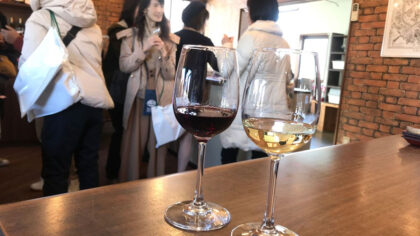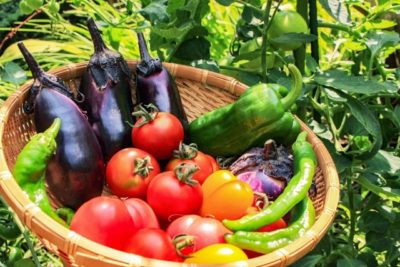
admin
Warning: Undefined property: WP_Error::$name in /home/xb9215/japancitytour.com/public_html/wp-content/plugins/insert-headers-and-footers/includes/class-wpcode-snippet-execute.php(419) : eval()’d code on line 58
Warning: Undefined property: WP_Error::$slug in /home/xb9215/japancitytour.com/public_html/wp-content/plugins/insert-headers-and-footers/includes/class-wpcode-snippet-execute.php(419) : eval()’d code on line 59
Warning: Undefined property: WP_Error::$category_description in /home/xb9215/japancitytour.com/public_html/wp-content/plugins/insert-headers-and-footers/includes/class-wpcode-snippet-execute.php(419) : eval()’d code on line 60
-

Vegetarian and Vegan Food Like Shojin Ryori in Japan
What is the history of vegan and vegetarian food in Japan? What is Shojin Ryori? And what are Tokyo’s best restaurants for vegans and vegetarians? Read it here!
-

Akiyoshidai & Akiyoshido Cave | Enjoy Nature on a day trip
The Akiyoshidai Plateau and Akiyoshi Cave are popular sightseeing spots for local tourists. The area is near Yamaguchi city, not so far from Hiroshima. Check out the pictures!
-
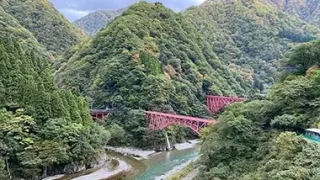
Hokuriku Japan Tour The Haiku Route 9 Days
Price on request Start:Flexible
-
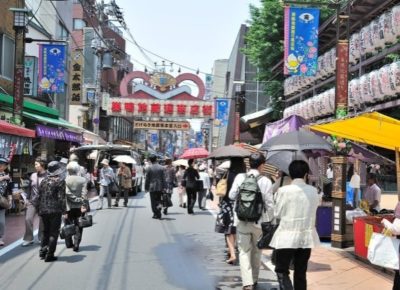
Sugamo, The Harajuku of Old Ladies that retains its old-time charm
Sugamo is a local Tokyo neighborhood that is especially popular with elderly ladies. Find out why you should include this area on your Japan tour itinerary if you like to see how the locals live.
-
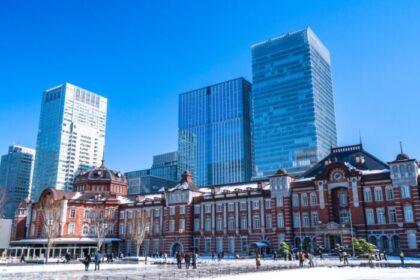
The Tokyo Station Area, Full of Attractions | Travel Guide
Tokyo Station is not only a place where you go to catch the shinkansen, it is very much an area with plenty of dining, entertainment, and shopping options. Architecture fanatics will also have a field day in Marunouchi.
-
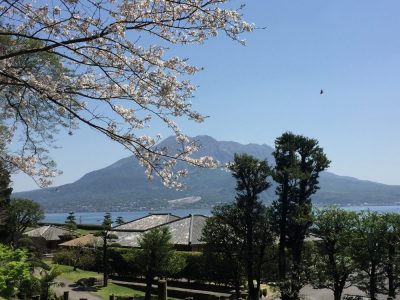
Kagoshima City Famous for Sakurajima | Kagoshima Travel Guide
For history, activities in nature, and a balmy climate, Kagoshima is the place to go. Having always been more open to foreign influences, you can still find plenty of proof of that in local culture and Kagoshima’s historical buildings.
-

Shibamata, a Local and Quiet t Town in Tokyo
Off the beaten path but full of history and picture-perfect vistas, that is Shibamata in Tokyo. How can you enjoy this area best? Find out where to go and what to eat in Shibamata.
-
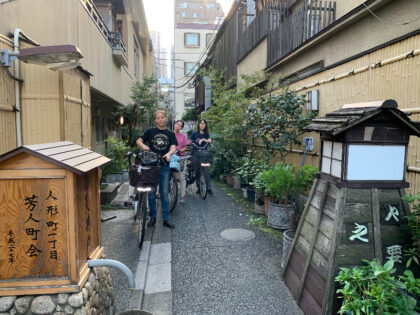
Nihonbashi & Ningyocho a Hidden Tourist Spots
Most Japan tours start in Tokyo. Even if you don’t have much time here, Nihonbashi and Ningyocho will offer you a lot on the city’s history and food culture. Find out what there is to discover in these historical areas!
-
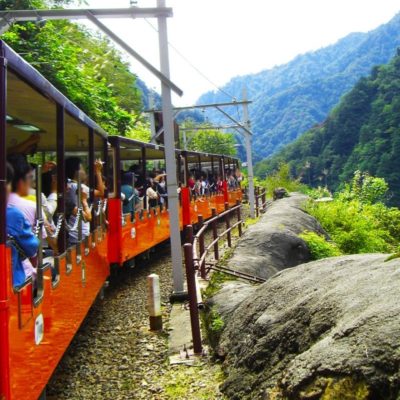
Kurobe Gorge Railway with Spectacular Views
In the Kurobe Gorge in Toyama, you can enjoy breathtaking views from the Kurobe Gorge Railway train. See what there is to discover in this beautiful natural area!
-
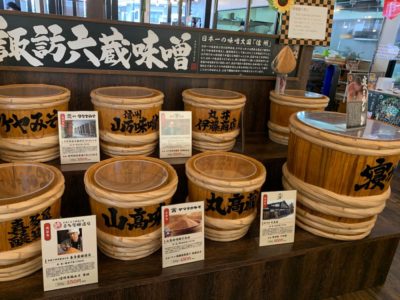
Delicious Fermented Foods Unique to Japan
Fermentation is a technique that is used all around the world to preserve food and drinks and to give a new flavor to what we consume. Japan has some originally Japanese fermented foods and drinks that are all good for your health and stamina.
-
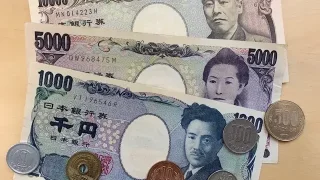
Newly Designed Japanese Money | YEN /JPY
Have you always wanted to know more about the design of Japanese money? We outlined all the different designs of Japanese coins and bills, and explain the historical or symbolic significance of the design.
-
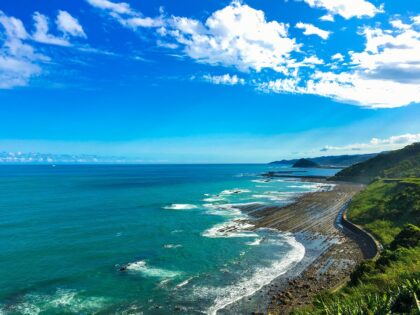
Aoshima, a Beautiful Island surrounded by Blue and Green
The small island of Aoshima on the southeastern coast of Kyushu, Japan, is a little pearl of nature. Its most famous attraction is the ‘Devil’s washboard’ formation, but there is more to be seen here.
-
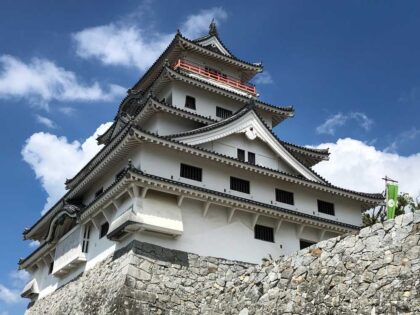
Karatsu City, Famous for Karatsu Kunchi and Karatsu Pottery
Karatsu Castle, Takatori’s Old Residence, wild natural scenery, and pottery beautiful in its minimalist simplicity are just some of the attractions that Karatsu in Kyushu, Japan has to offer. Find out what to include on your Karatsu itinerary!
-
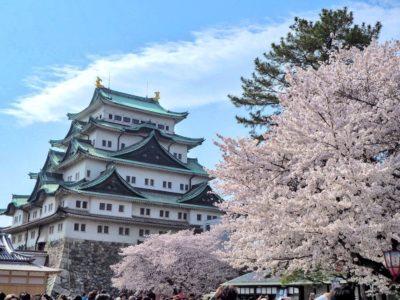
Beautiful Castles in Japan
Japanese castles have developed over many centuries, and have their own original style compared to European castles. Let us give you an overview of the history of Japanese castles.
-
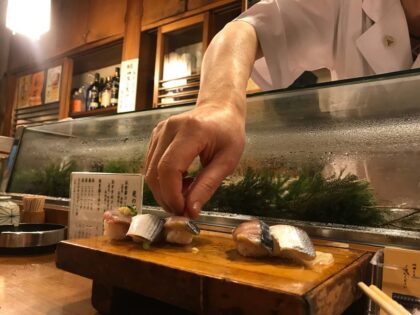
Reliable Concierge Service in Japan where the language is not understood
Let us introduce our free concierge service to you; we will help you when things go wrong during your Japan tour, when you need great ideas for a spontaneous itinerary, and when you want a reservation for an amazing local restaurant.
-

Private Transportation for the Best Travel in Japan
Hiring private transportation for your airport transfer or tour in Japan minimizes risks, and we are here to help you get the best deal for any type of private transportation in Japan.
-
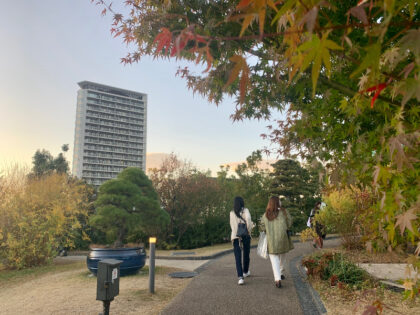
Daikanyama and Nakameguro, a Fashionable Upscale Residential Area
Got at least 3 days in Tokyo on your Japan tour? Find out where to go in hip neighborhoods Daikanyama and Nakameguro.
-
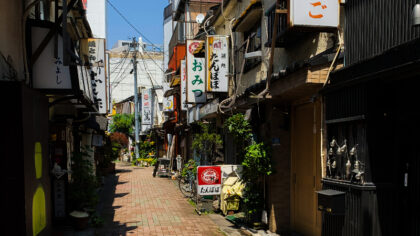
Tokyo Highlights and Hidden Gem Itinerary
Find out which 5 highlights and local areas should definitely be included on your Tokyo itinerary if you come here on your Japan tour.
-
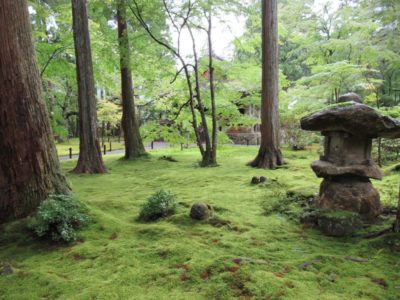
Kyoto Highlights and Hidden Gems Itinerary
Would you like to get some ideas for your perfect Kyoto itinerary? We listed our 5 favorite Kyoto highlights along with 5 lesser-known spots in Kyoto that really make you able to taste the local atmosphere in this beautiful city.
